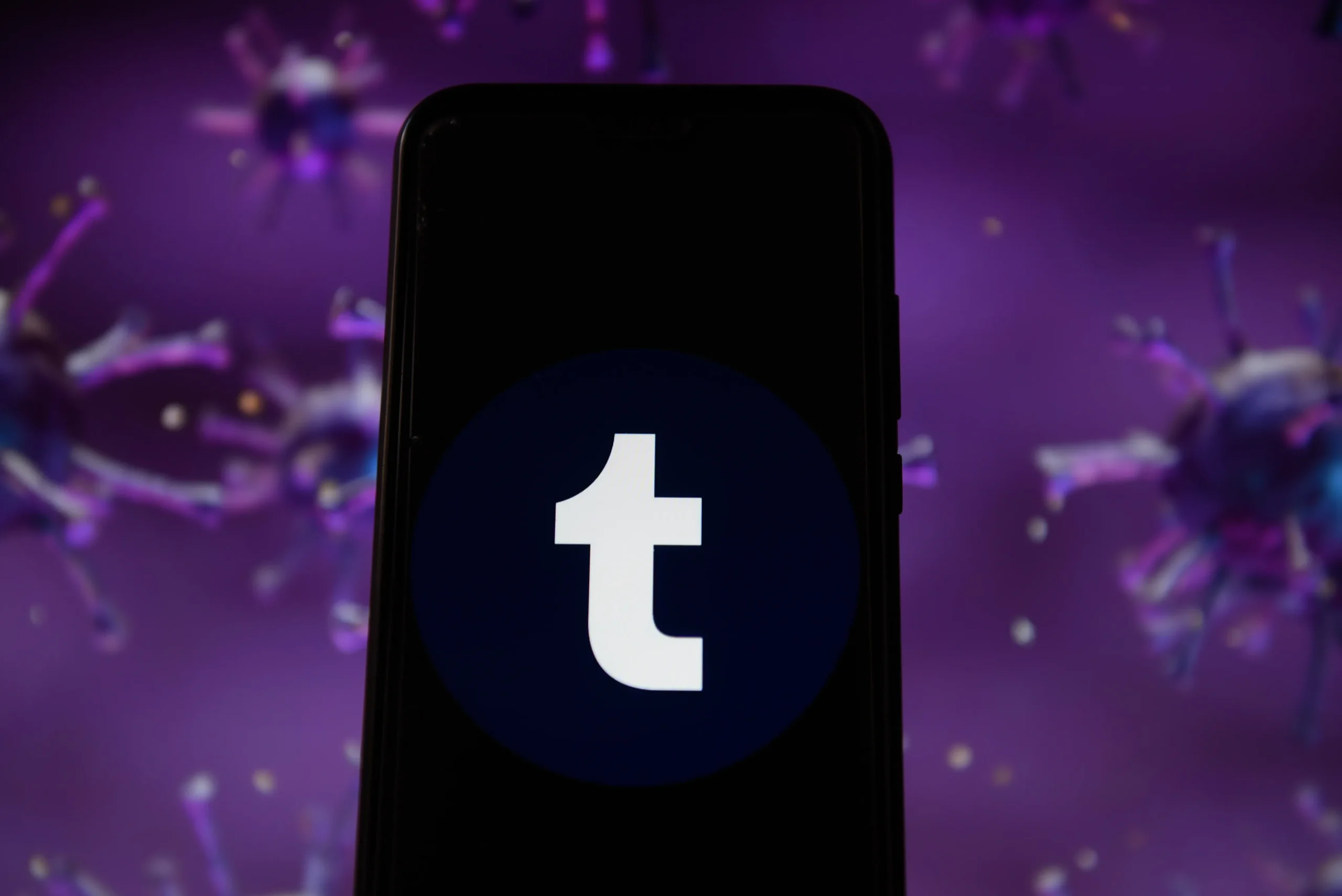
The concept of Dow Futures might seem daunting for those who are new to the financial markets, but understanding it can be immensely beneficial for investors and traders alike. In this comprehensive guide, we’ll delve into what Dow Futures are, how they operate, and why they are a crucial aspect of the stock market. Whether you’re a seasoned investor or just starting out, this article will provide you with valuable insights into how Dow Futures can be used to predict and react to market movements.
Understanding Dow Futures
Dow Futures are financial contracts that speculate on the future value of the Dow Jones Industrial Average (DJIA). The DJIA is one of the oldest and most-watched stock indexes in the world, representing the stock performance of thirty large, publicly-owned companies based in the United States. Dow Futures allow traders and investors to bet on what the Dow Jones index will do in the future, thereby providing a mechanism to hedge against market risks or to profit from future price movements.

The Mechanics of Dow Futures
Dow Futures are traded on the Chicago Board of Trade (CBOT) and are available as E-mini Dow Futures and standard size Dow Futures. The E-mini Dow Futures are a fraction of the size of standard futures, making them more accessible to individual investors. Each contract has a specified “tick size” which is the smallest amount by which the price of the futures can change. For E-mini Dow Futures, this tick size is typically 1 point, which equates to $5.
Traders can take either a long position, speculating that the Dow will rise, or a short position, speculating that the Dow will fall. These positions can be held for varying time frames, ranging from intra-day trading to several months, depending on the trader’s strategy and market conditions.
Why Trade Dow Futures?
There are several reasons why investors and traders choose to engage with Dow Futures:
- Leverage: Futures provide a high level of leverage, meaning traders can control large amounts of equity with a relatively small amount of capital. This can amplify both gains and losses, making it important for traders to manage their risk effectively.
- Hedging: Investors holding a portfolio of stocks similar to those listed on the DJIA can use Dow Futures to hedge against potential losses in the broader market. For example, if an investor believes the market might decline, they can take a short position in Dow Futures to offset potential losses in their portfolio.
- Speculation: Traders can use Dow Futures to speculate on the direction of the market. This can be based on economic indicators, political events, or other factors that might influence stock prices.
- Market Accessibility: Futures markets are almost 24 hours, allowing traders to react to news and events that occur outside of standard stock market hours.
How to Start Trading Dow Futures
For those interested in trading Dow Futures, here’s a step-by-step beginner’s guide:
- Educate Yourself: Before diving into futures trading, it’s crucial to have a solid understanding of the markets, trading strategies, and the specific mechanics of futures trading.
- Choose a Broker: Select a broker that offers futures trading. Consider factors like commission rates, trading platforms, customer service, and educational resources.
- Set Up a Trading Plan: Define your trading strategy, including entry and exit rules, risk management tactics, and how you will evaluate performance.
- Start Small: Begin trading with a small amount of capital to understand the market dynamics without taking significant risks.
- Monitor and Adapt: Constantly review your trading activity and market conditions. Be prepared to adapt your strategy to meet changing market dynamics.
Risks Involved in Trading Dow Futures
While trading Dow Futures can be profitable, it also comes with risks:
- Market Volatility: The futures market can be extremely volatile. Prices may fluctuate widely in a short period, which can lead to large gains or losses.
- Leverage Risk: While leverage can increase potential returns, it also increases potential losses.
- Liquidity Risk: Under certain market conditions, it might be difficult to exit a position at a favorable price.
Conclusion
Dow Futures offer a versatile tool for investors looking to hedge, speculate, or simply gain exposure to the U.S. stock market. By understanding the basics of how these futures work and the strategies for trading them, even novice traders can begin to navigate this exciting aspect of financial markets. Always remember, while the rewards can be high, the risks are also significant, so thorough preparation and prudent risk management are key to success in futures trading.








